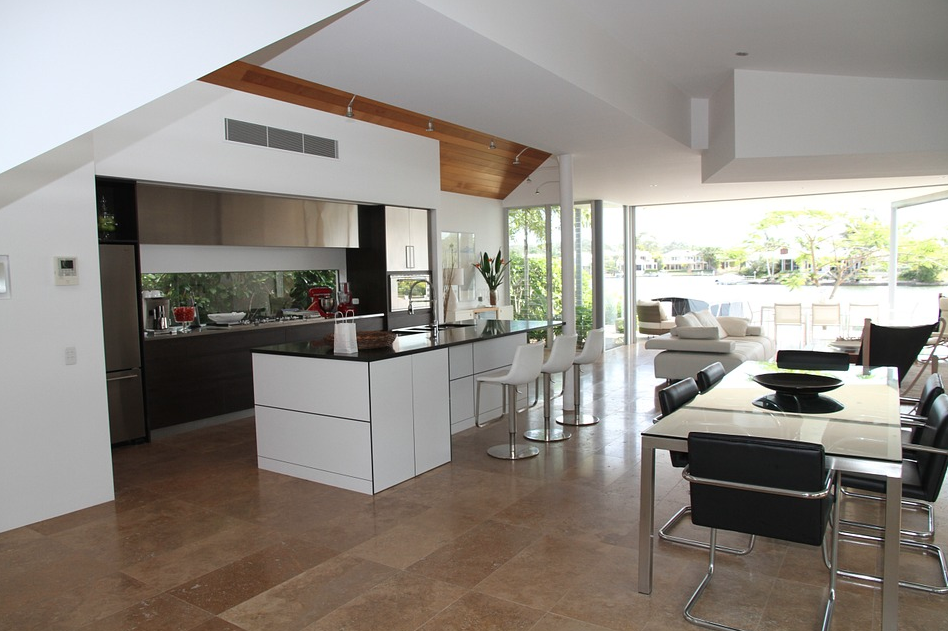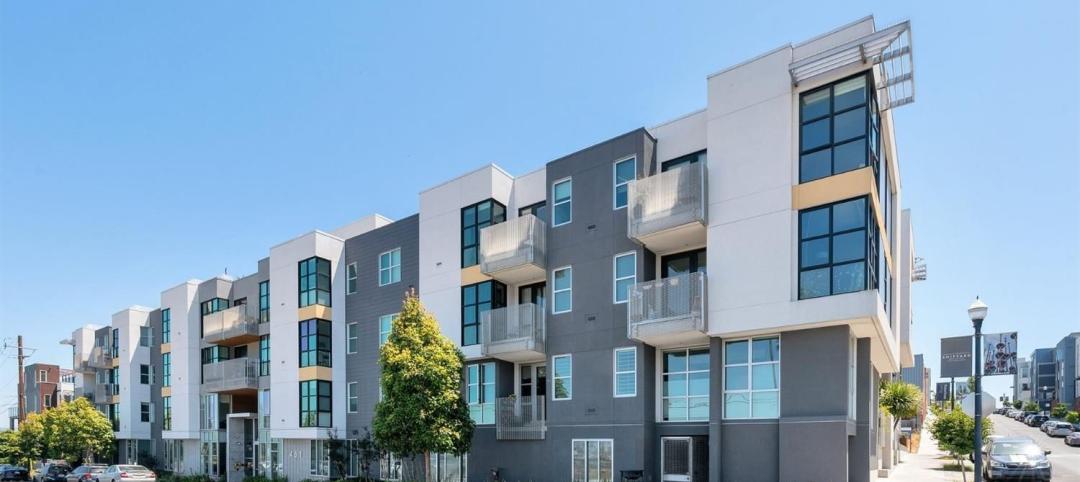Trends, ideas, and considered opinions from multifamily developers and market experts at Marcus & Millichap’s “Multifamily Forum,” held earlier this year in Chicago:
> Bigger units are selling like crazy. “The supply of condos out there is high end and much larger in size,” said Tom Weeks, Executive General Manager for Development, Lendlease. Ditto for rentals, said James Letchinger, President, JDL Development. “We’re seeing a new wave of renters with empty nesters wanting to move downtown,” he said. His firm experienced “unbelievable leaseup” for the larger units in one of its downtown buildings.
> The workforce shortage is killing business. “There just aren’t enough subs to get the work done,” said Letchinger. “There’s a huge workforce out there that’s just not being tapped. We need to get people into the unions, and we need the big contractors to help more minorities to become owners of their subtrade firms.”
> Keyless entry is going to be the new norm in multifamily. Alex Samoylovich, CEO, Cedar Street, said he’s working toward keyless entry via tenants’ cellphones across his firm’s portfolio of 18 properties. “Seventy-five percent of our tenants have given us permission for keyless entry into their units to deliver packages,” he said. Keyless technology can even be a revenue stream, he said. “We did $85,000 last year in lockouts.”
> Parking is going away in crowded urban markets. “Our ratio now is 0.4 spaces/unit, and zero parking in TODs,” said Sar Peruri, Principal, Oxford Capital Group, developer of the 429-luxury-unit Essex on the Park, Chicago. Derek Lopez, Managing Director, GEM Realty Capital, said his firm is looking into how to repurpose its parking decks down the road. But panelists agreed that resident parking is still essential in second-tier cities and the suburbs.
> Figuring out what Millennials want remains a puzzlement. “They’re now 35, not 25, and they’re forming families,” so their housing demands are changing, said Jim Driscoll, SVP of Development, Waypoint Residential. But John S. Sebree, Marcus & Millichap’s National Director of Multifamily, said, “Tenants in B and C apartments”—many of whom presumably are Millennials—“will usually start buying homes, but that’s just not happening.”
> The amenities war is “out of control,” said Alan George, Chief Investment Officer, Equity Residential. “We’re building small, usable conference rooms, with really good WiFi,” he said. “That’s really important.” But he questioned whether building, say, a full indoor basketball court is justifiable. Choosing the right mix of amenities for each project is critical.
> Rightsizing amenities remains an art form. Lindsey Senn, VP at Chicago developer Fifield, said that at the firm’s 390-unit Sinclair luxury tower, “We built the biggest fitness center we’ve ever done, and the residents said they wanted even more.”
> Teamwork is more important than ever. “With construction costs going up, the teamwork with the developer, the contractor, the architect, and the interior designer has to be even more intense,” said Jack Boarman, Partner, BKV Group. “We need to find new ways of manufacturing, like modular baths, and subtrade innovation that can save time and money.”
Related Stories
Engineers | Jun 14, 2023
The high cost of low maintenance
Walter P Moore’s Javier Balma, PhD, PE, SE, and Webb Wright, PE, identify the primary causes of engineering failures, define proactive versus reactive maintenance, recognize the reasons for deferred maintenance, and identify the financial and safety risks related to deferred maintenance.
Mixed-Use | Jun 12, 2023
Goettsch Partners completes its largest China project to date: a mixed-used, five-tower complex
Chicago-based global architecture firm Goettsch Partners (GP) recently announced the completion of its largest project in China to date: the China Resources Qianhai Center, a mixed-use complex in the Qianhai district of Shenzhen. Developed by CR Land, the project includes five towers totaling almost 472,000 square meters (4.6 million sf).
Mixed-Use | Jun 6, 2023
Public-private partnerships crucial to central business district revitalization
Central Business Districts are under pressure to keep themselves relevant as they face competition from new, vibrant mixed-use neighborhoods emerging across the world’s largest cities.
Multifamily Housing | Jun 6, 2023
Minnesota expected to adopt building code that would cut energy use by 80%
Minnesota Gov. Tim Walz is expected to soon sign a bill that would change the state’s commercial building code so that new structures would use 80% less energy when compared to a 2004 baseline standard. The legislation aims for full implementation of the new code by 2036.
Student Housing | Jun 5, 2023
The power of student engagement: How on-campus student housing can increase enrollment
Studies have confirmed that students are more likely to graduate when they live on campus, particularly when the on-campus experience encourages student learning and engagement, writes Design Collaborative's Nathan Woods, AIA.
Multifamily Housing | Jun 1, 2023
Income-based electric bills spark debate on whether they would harm or hurt EV and heat pump adoption
Starting in 2024, the electric bills of most Californians could be based not only on how much power they use, but also on how much money they make. Those who have higher incomes would pay more; those with lower incomes would see their electric bills decline - a concept known as income-based electric bills.
Multifamily Housing | May 30, 2023
Boston’s new stretch code requires new multifamily structures to meet Passive House building requirements
Phius certifications are expected to become more common as states and cities boost green building standards. The City of Boston recently adopted Massachusetts’s so-called opt-in building code, a set of sustainability standards that goes beyond the standard state code.
Multifamily Housing | May 30, 2023
Milhaus, Gershman Partners, and Citimark close on $70 million multifamily development in Indy
Versa will bring 233 studio and one- and two-bedroom apartments to Indianapolis's $271 million, Class-A Broad Ripple Village development enterprise.
Multifamily Housing | May 23, 2023
One out of three office buildings in largest U.S. cities are suitable for residential conversion
Roughly one in three office buildings in the largest U.S. cities are well suited to be converted to multifamily residential properties, according to a study by global real estate firm Avison Young. Some 6,206 buildings across 10 U.S. cities present viable opportunities for conversion to residential use.

















